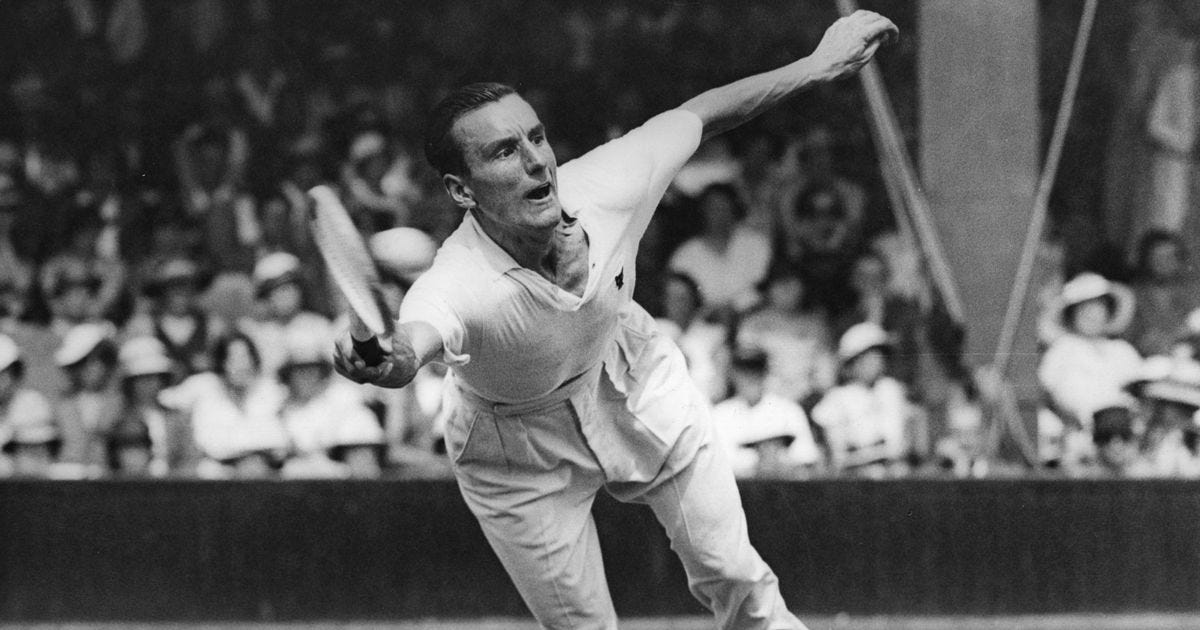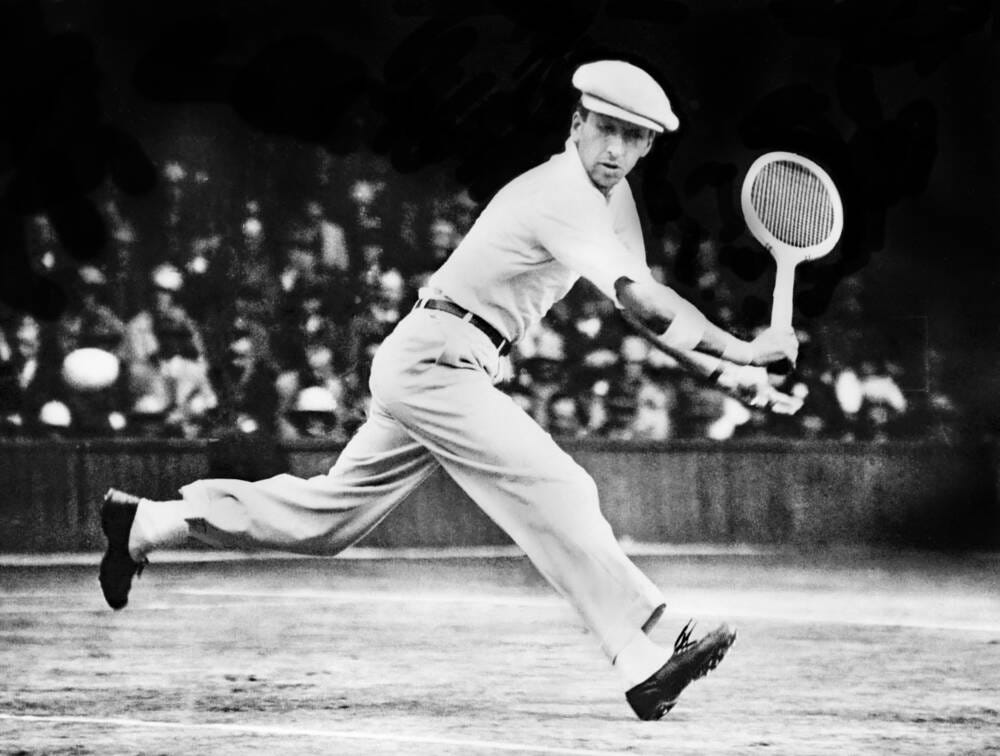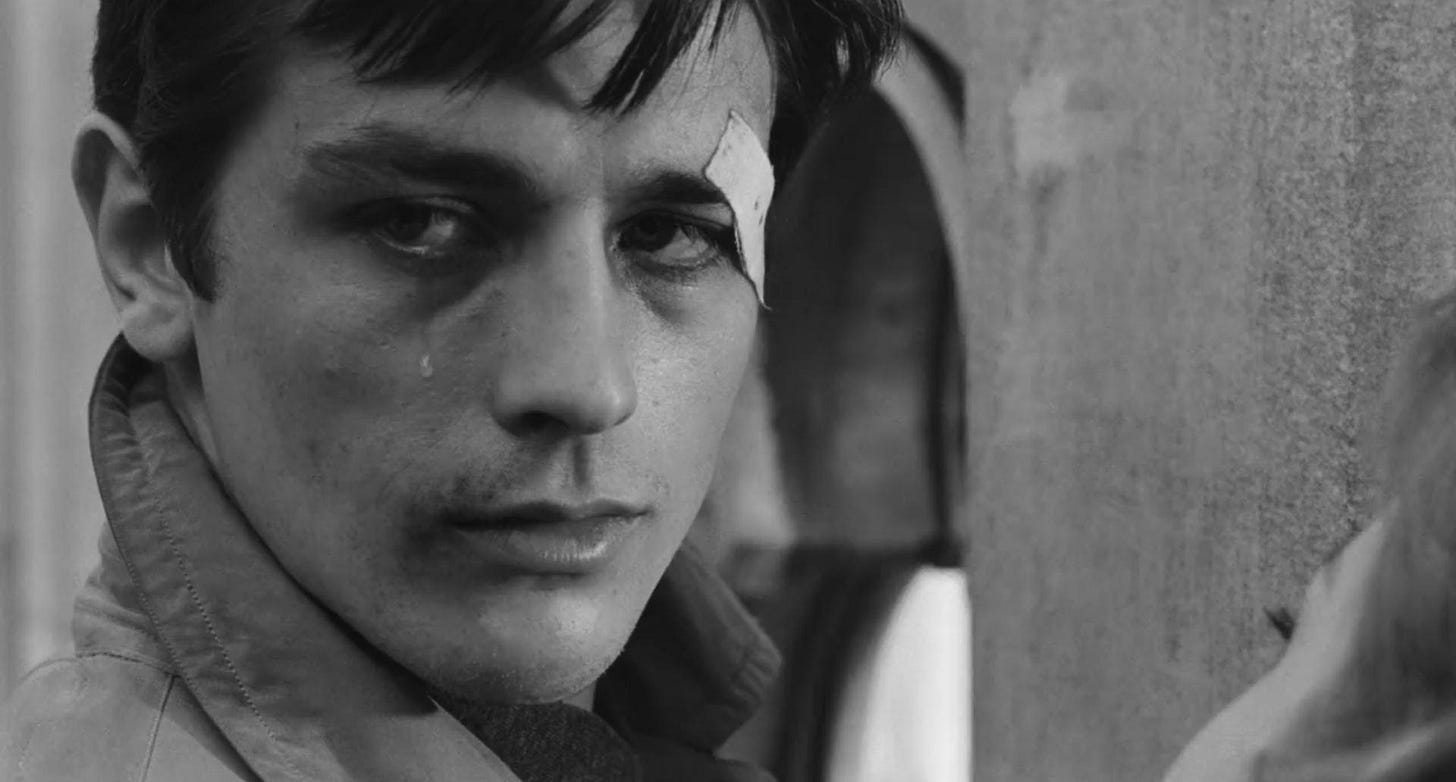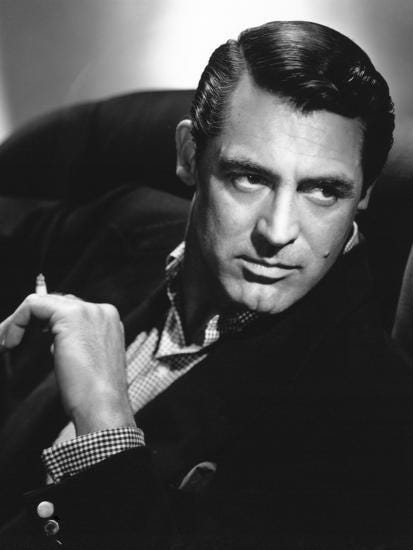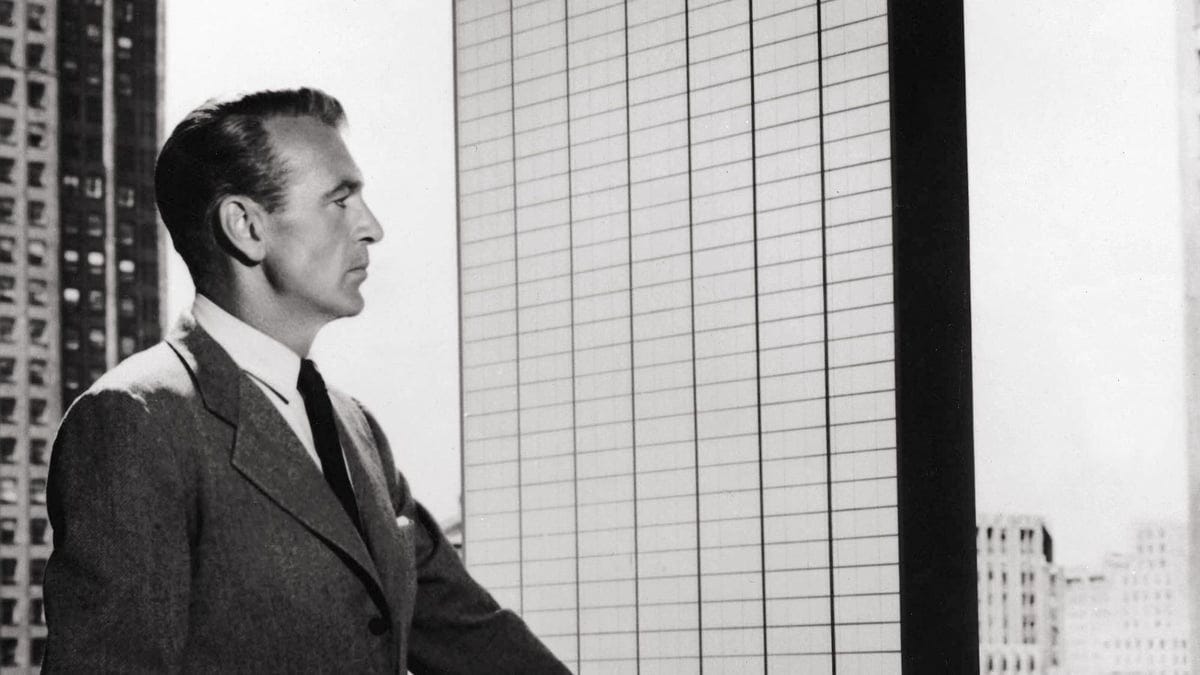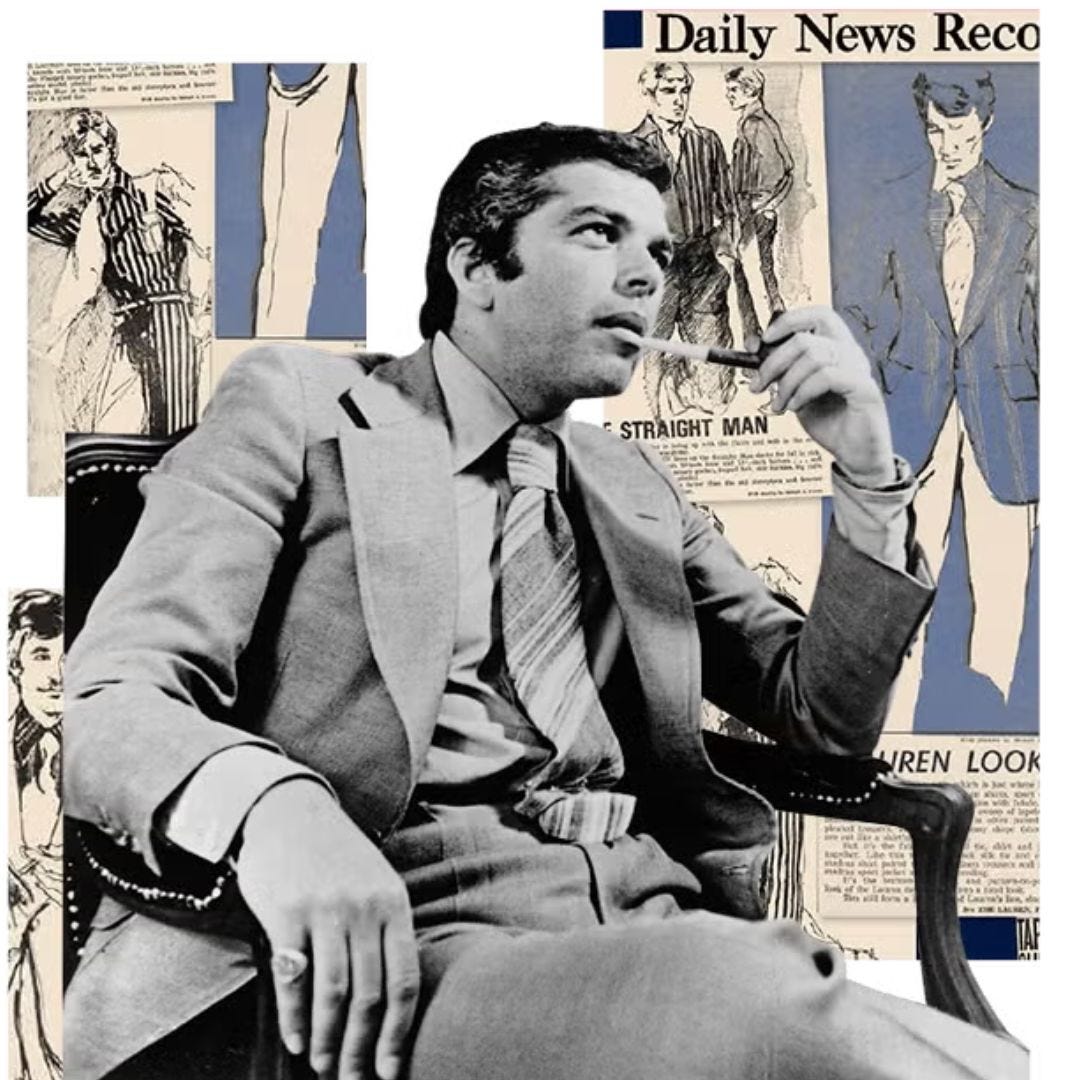How to Actually Find Your Passion
It’s Not What You Think
“I don’t know what to do with my life…”
Whether most people say it out loud or not, many carry this thought quietly — and suffer deeply in their hearts because of it.
When an individual in the 21st century — where a moment of doing nothing seems so rare and sacred — sits still with themselves and contemplates the life they’ve been living, it’s hard not to provoke that thought.
“Man is condemned to be free; because once thrown into the world, he is responsible for everything he does.” – Jean-Paul Sartre
Let’s take a universal example.
I believe you’ve likely gone through the basic education system, from primary to high school, right?
My question to you is: did the thought “What am I going to do with my life?” ever occur to you at that time?
Or did it appear when you had to decide which faculty to attend in college (or whether to go to college at all)?
Or maybe it came when you became aware that there’s something more to life than what your daily routine currently holds?
I’d say the latter two are the most common answers.
The thing is, gentlemen, the idea of an existential crisis — that moment of realizing “What have I done and wasted in all these years?” or “Who am I really, and who do I want to become?” — often appears when you begin to regain awareness that has long been stripped away by distraction.
And distraction, in this sense, is more than just an electronic device that effortlessly glues you to the screen for hours a day. It’s also the programming of ideas, the perspectives others have fed into your psyche…
The goals of your life, the values you hold, the person you want to become.
This is why it’s no coincidence that existential crises used to occur most often during mid-life — the age when “success” begins to hit, when the things an individual sought are gradually achieved…
Sadly, those things are often discovered later to have never come from their true calling, leading them into a spiral of despair — one they either accept or somehow escape by finally discovering who they really are.
And that is the purpose of this essay: to keep you from wasting decades of your life chasing goals and living a life that was never truly yours in the first place.
The Myth About Passion (That Most People Got It Wrong)
Allow me to tackle the big question of modern existence: “Passion vs Profit – which one should I choose?”
This is the situation where someone is stuck between the idea of chasing their dream — doing something they love — versus choosing stability, predictable income, and certainty in life.
Before anything else, let’s clarify the term Passion, shall we?
If we look into the origin of this term, it’s directly correlated with the phrase “to suffer” (famously used for the final events in the life of Jesus as related in the canonical Gospels — known as The Passion of Jesus).
It’s clearly an emotion-based term, a word tied to unpredictability — fleeting, dependent on one’s state of mind.
Here’s my definition of Passion:
Passion is an unreliable feeling of one’s desire to willingly suffer for something.
Let me elaborate.
Recently, I’ve been deeply passionate about tennis. After discovering its origins as an aristocratic pastime, the elegance of the all-white attire, and the graceful movement shown in 1920s Wimbledon footage — I decided I wanted to get good at this sport.
And this despite my athletic ability being at a minus level (I was never into sports as a child). Despite knowing I’d have to spend far more time than most just to rally with others. Despite being frustrated at my slow progress, at how far behind I was compared to others on the court… I was still willing to suffer for it — because I desired to become great.
That’s passion.
Now, do you see the missing puzzle piece in this term?
There is no “Why” on its own.
“The two most important days in your life are the day you are born and the day you find out why.” – Mark Twain
The most impactful question a human being can ever ask themselves is “Why?”
It allows you to gain awareness of what you are doing and who you really are.
And in the case of a passion dilemma, letting your feelings lead you without knowing the “Why” behind them is no different from diving into the ocean purely for the thrill.
Which brings us back to the “Passion vs Profit” question. If we use my tennis case as an example, it would mean quitting my work as a writer and going all-in on tennis — either trying to turn pro at 25 (which is certainly a nonsensical idea) or starting some business around it.
Obviously, that would be full of risk with no logical fulfillment — and with the added danger that I might one day get bored if I made it my full-time job.
But here’s the plot twist: I already discovered the Why behind my passion for tennis.
If you’ve read my bio on this platform, you know that everything I write, do, or live for points toward one thing — Bringing Back Elegance to Modernity.
Tennis, when you look at its heritage and the way it’s played, shows it clearly — from the clothing to the nature of the sport to the movement of playing. All of it points to simplicity yet intentionality… beauty without excessive display.
By striving to be great at it, I deepen my understanding of elegance as a life philosophy. It refines my movement and gesture — all feeding back into my Why of Bringing Back Elegance to Modernity.
This “Why” is what we also know as Purpose.
As a man, knowing your life purpose is both a blessing and a curse.
When you gain true clarity on your main reason for existence… anything that doesn’t align with it stops mattering.
No matter how much you want to escape from your purpose, or how far you try to stray from the path you’re meant to walk…
You can’t escape it — not for long.
If you work in something unrelated to it — you will quit.
If you fill your life with activities unaligned with it — you will feel disgrace.
If you postpone it — it will haunt you every time your mind is free from focus or distraction.
This is why existential crises are so common for middle-aged people — when their lives begin to settle, when they finally have more time and mental space after decades of building wealth, raising kids, and grinding forward…
That’s when they face their purpose (or calling).
Now, on the brighter side — for the one who already knows it well, with clarity, and can summarize it as I have — if you’ve also mastered yourself (discipline in execution, biological optimization, mental clarity, character cultivation) — then that purpose makes life enter a state where you don’t have to worry about anything else.
When you wake up every day crystal clear on what you’re committing to, and fully aware of why it must be done…
That’s the enlightened state of existence that only a few will ever reach.
The unresolvable question that remains sacred to this day is:
“How on earth can I truly find my calling, my purpose, the very thing I was born to pursue? And even so, how do I know it’s real — not just some fleeting ideology?”
I believe there are hundreds of suggestions, even entire self-help books, offering precise frameworks for finding one’s purpose. But what follows is the exact process that happened to me personally — the method I used to discover and finalize the calling of my life.
Stage 1 – The Discomfort
We humans are creatures naturally addicted to comfort — as you can clearly see through centuries of technological advancement.
The downside of this nature is the trap many fall into (as we’ve already discussed earlier). If the meaning of purpose is the “why” behind an act, then the raw force that provokes that why is the urge to erase the discomfort you’re in.
In this context, discomfort can be physical or psychological… but when it comes to finding your purpose, it must come from psychological discomfort.
This leads to another concept — the self-image.
“The ‘self-image’ is the key to human personality and human behavior. Change the self-image and you change the personality and the behavior.” – Maxwell Maltz
Can you begin to see the association between them now?
Your perceived identity — often an unconscious one — will dictate everything you do, think, and consider “acceptable” to be in. This means that if you want to find your true calling, you must sit still, spend an hour alone, and write down all the things in life that you refuse to accept.
I mean the kind of life that feels like being buried alive — where simply breathing in that state of existence feels no different than death.
Example from my own life: For reasons rooted in childhood experiences and teenage inferiority, I realized that being mediocre — ending up like the masses — is unacceptable for me. Whatever it takes, in whatever way, I must go far beyond them in life — in everything I do and in the way I live.
The Key Question: What can I no longer accept?
Stage 2 – The Obsession
I once wrote about the journey of the iconic gentleman Cary Grant, and his obsession with shedding his past. The core idea from that essay is this: Obsession is a state of mind where you are irrationally attached to something — unable to get it out of your head no matter how much you try.
This stage is where personal experience shapes the path. You and I were born into different environments, went through different things — shaping entirely different paradigms and perspectives — and, naturally, entirely different obsessions.
Surprisingly, the things that repeatedly resurface in your thoughts often point toward the core theme of your obsession — and this is usually directly aligned with the core discomfort in your life.
Example from my own life:
If my discomfort is that I cannot bear to end up as mediocre like the masses — and I want to rise far above anyone around me — then I need a substance, something to serve that mission. For me, that substance is Elegance.
Elegance has been my key obsession no matter what stage of life I’ve gone through. The films I’m drawn to are either from Hollywood’s Golden Age or mid-century Europe. The music I gravitate toward is jazz or classical. My clothing choices echo the image of a gentleman from the early-to-mid 20th century. Even my literary style, gestures, and manners all point toward Elegance.
The Key Question: What beauty am I irrationally drawn to? And what do they all have in common?
Stage 3 – The Conviction
As I said earlier, passion is fleeting… but purpose is permanent.
The key distinction that allows you to recognize your purpose is this: no matter how rare, challenging, difficult, unconventional, or out-of-the-norm it may be — it stays in your mind, and you are drawn to it regardless.
At this stage, you’ve already found the reason why you must change — through discomfort, through the things in life you refuse to accept — and from that ignition, you’ve also identified the irrational beauty or elements you’re consistently drawn toward.
The next step is to have total conviction in them — to accept them as inseparable from who you are, to ensure that no matter what happens, no one can take them from you.
Example from my own life:
When elegance became part of my psyche, it became my identity. This put me in direct contradiction with the 2020s — an era where the overly casual reigns supreme. My style is vastly different from the masses. I value substance and depth over superficiality and shallowness.
The isolation that comes from staying true to the idea of elegance is immense — but I cannot discard it. That’s because it ties directly to my rejection of mediocrity and to all the things I’ve been drawn to for so long that they’ve already become part of me.
All of this leads to my conviction: This is what I stand for — and nobody can take that from me.
Key Question: Am I willing to never sacrifice the ideal I long to see — at any cost?
Stage 4 – The Myth Making
When you first start this process, it’s all about yourself — about erasing the discomfort of a life that feels no different from a living death.
But to truly turn your obsession, your conviction, and your vision into a purpose — it must be bigger than yourself.
You must transform it into a mission, a myth — something that allows others to join you or access the very same worldview.
In the physical, capitalist world, this often takes the form of an eternal business or brand that stands as the living manifestation of the founder’s obsession:
Steve Jobs and his Apple
Ralph Lauren and his empire
Phil Knight and his Nike
If you wonder how to turn a purpose, an obsession, into a living — these individuals are prime examples.
Of course, it doesn’t need to be in business form. But it must take shape as some kind of entity that allows others to step into your vision, your world — by serving them.
It could be a Substack publication spreading your worldview (as hundreds of thousands do here), a small community of like-minded people, a creative work like cinema, painting, music, architecture, fiction, or something else entirely.
Example from my own life:
This publication, Renaissance Flâneur, answers everything — it is the form my purpose takes.
Key Question: How can I serve the world through my myth?
These four stages are the exact blueprint I followed to gain absolute clarity in life — clarity that I admit is both a gift and a curse.
Once you find yours, mark my words: you will live an entirely different life — one full of thrill, despair, overwhelm, fulfillment… a ride of emotions that makes your existence alive.




